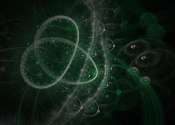Researchers develop method to create colloidal diamonds
The colloidal diamond has been a dream of researchers since the 1990s. These structures—stable, self-assembled formations of miniscule materials—have the potential to make light waves as useful as electrons in computing, ...









